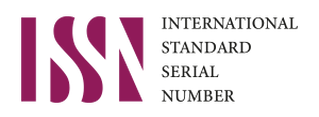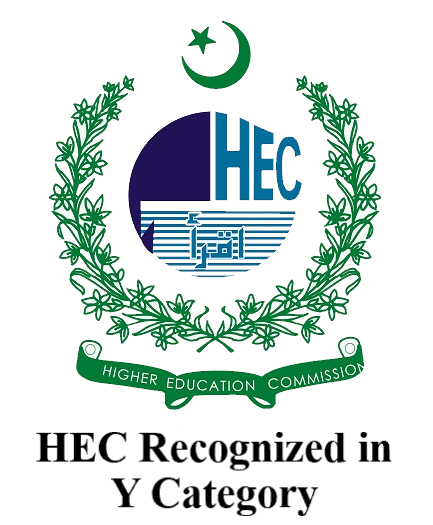Reclaiming Traditional Textile Heritage of Pakistan
DOI:
https://doi.org/10.71016/hnjss/4rv5bf13Keywords:
Heritage, Traditional Textiles, Regional CraftsAbstract
Study Background: Traditional heritage associates with manifestation of handing over or passing on, these are culturally significant ideas, and specific practices which are preserved over a long period of time. Designs of traditional textiles are links between people and regional arts; they are reflections of art movements as well as notions of human stages of development. Knowledge of textile heritage is directly involved in the re-birth of the cultural awareness of region.
Aim of the Study: The paper aims to compile the tremendous heritage of traditional textiles of Pakistan.
Methodology: The documented traditional textiles of various techniques are gathered here as result of extensive literature review. Pakistan has been a country with rich textile heritage emerging from various faiths which are reflected in the expression of regional folk textiles.. The rich heritage of Pakistan’s textile craft has evolved over a long period of 5000 years.
Findings & Conclusion: Pakistan has been a country with rich textile heritage emerging from various faiths which are reflected in the expression of regional folk textiles. The rich heritage of Pakistan’s textile craft has evolved over a long period of 5000 years. In this land, the traditional textile artisans of the Punjab, Sindh, Pakhtonkhwah, Balochistan and Kashmir have been pursuing their skills, as they have done for generations. Admitting diverse craft heritage of distinctive regions of Pakistan, this paper tends to reclaim textile heritage nurtured here.
Downloads
Published
Issue
Section
License
Copyright (c) 2023 Dr. Asna Mubashra (Author)

This work is licensed under a Creative Commons Attribution-NonCommercial 4.0 International License.








